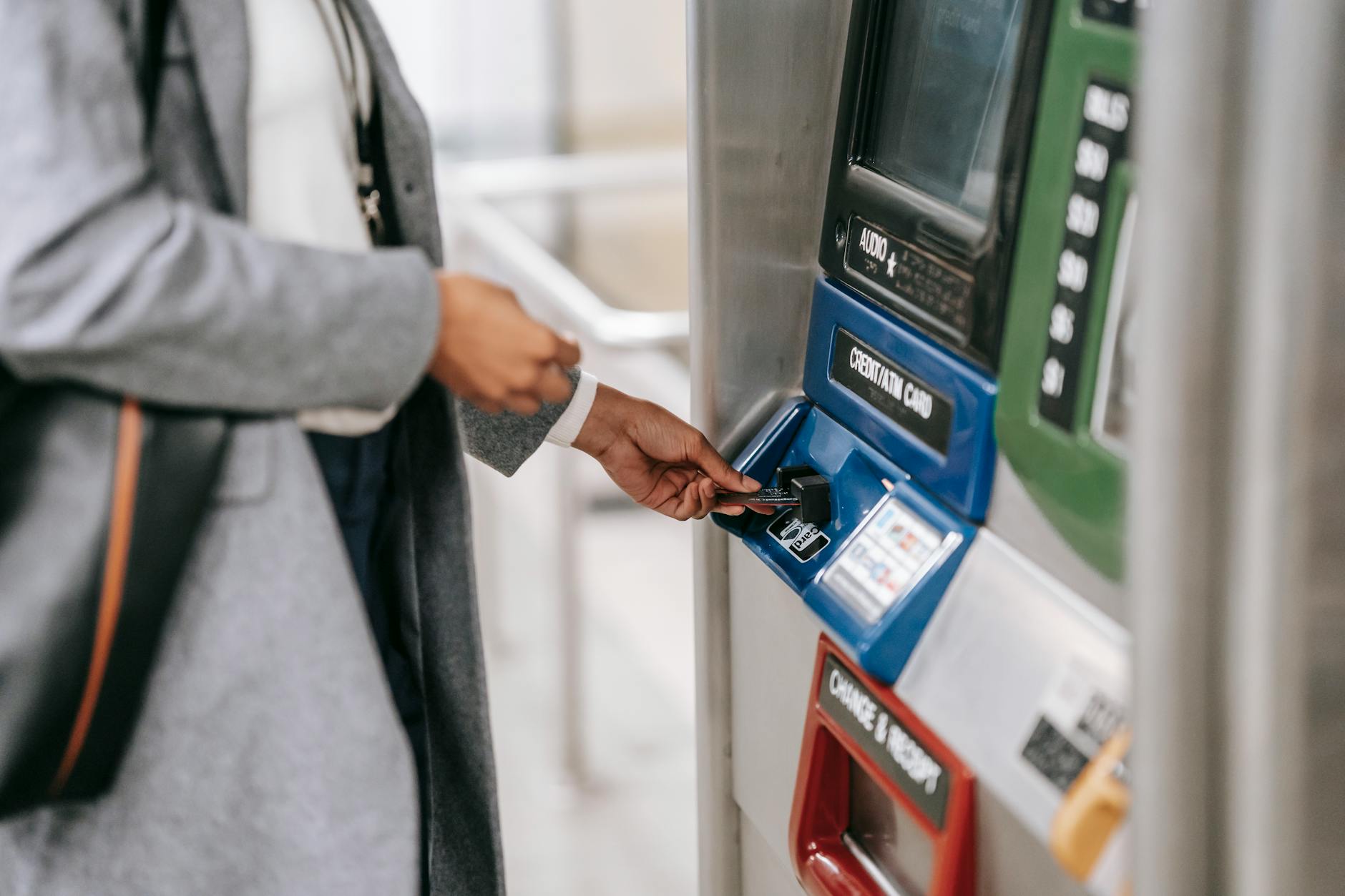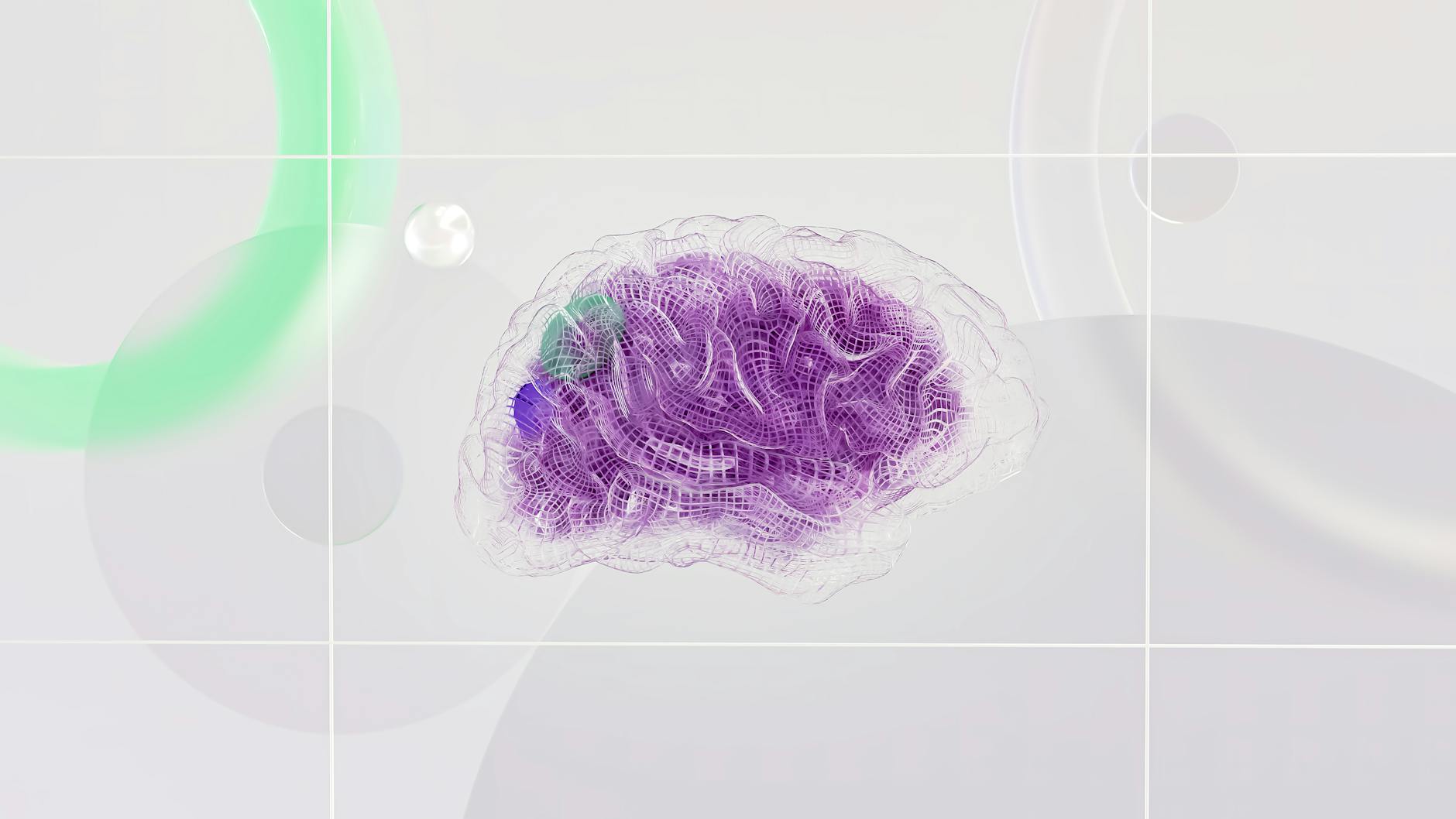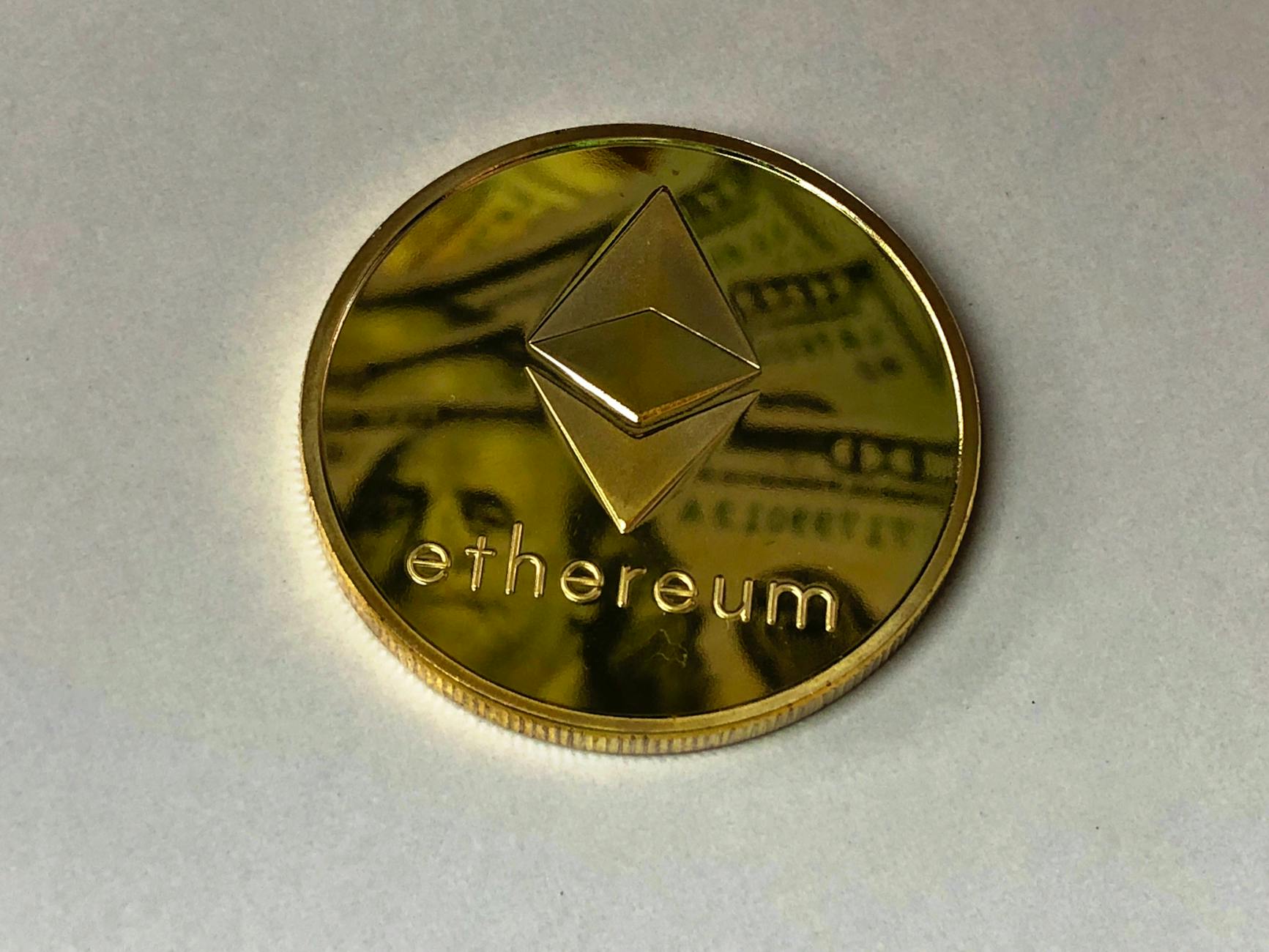

Procurement to Pay (P2P) software solutions streamline and enhance the efficiency of the procurement process. By leveraging automation, organizations can actively control global spending, reduce errors, and save time by consolidating manual commerce processes. The use of P2P software also enables rapid supplier approval and drives savings, thereby maximizing the value of sourcing negotiations. Digitalizing procurement processes with modern software solutions can yield quick returns on investment through improved procurement management and enhanced control over global spending. Additionally, P2P software offers flexibility, scalability, and seamless integration with ERP systems, ultimately providing a more elegant shopping experience and improved performance throughout the procure-to-pay process.
Procurement to Pay (P2P) refers to the process of requisitioning, purchasing, receiving, paying for, and accounting for goods and services. It encompasses the entire lifecycle of a transaction from the identification of a need, through the process of purchasing, receipt, payment, and subsequent accounting.
The procurement to pay process involves multiple stages, including identifying the need for a product or service, selecting suppliers, negotiating contracts, purchasing, receiving, and paying for the goods or services. It is a complex process that involves various departments within an organization, such as procurement, finance, and accounting.
An efficient procurement to pay process is crucial for organizations as it directly impacts their financial health and operational efficiency. Streamlining the P2P process can lead to cost savings, improved supplier relationships, better cash flow management, and reduced risk of fraud. By automating and optimizing each step of the procurement to pay cycle, organizations can ensure greater accuracy, transparency, and compliance with regulatory requirements.
The procurement to pay cycle, also known as purchase-to-pay and P2P, encompasses the entire process of requisitioning, purchasing, receiving, paying for, and accounting for goods and services within an organization. The process starts from the identification of the need for a product or service and continues until the payment is made.
The process begins with the identification of the need for a product or service within the organization.
A formal request is made for the goods or services and is subject to approval.
Once the purchase requisition has been approved, a purchase order is issued to the supplier, outlining the requested goods or services.
Upon delivery of the requested goods or services by the supplier, a goods or services receipt is created to acknowledge the receipt.
The supplier submits an invoice for the delivered goods or services, which is then entered into the processing system.
The invoice is either matched against the purchase order and receiving documents, or exceptions are flagged for further investigation. Invoices without an associated purchase order undergo review and approval through a workflow.
The procure-to-pay process presents challenges due to the multiple individual processes involved across different parts of the organization, often leading to complexity and confusion, especially when the process is manual and paper-based.
Different departments within an organization have their own distinct processes, contributing to the challenge of consolidating data. This lack of uniformity can result in inefficiencies and potential errors.
The misalignment between procurement and accounts payable functions in a paper-based environment can lead to policy non-compliance, resulting in unnecessary costs.
Disparate systems often limit access to information across the P2P cycle, leading to a lack of visibility across suppliers and spend, thereby impacting strategic decision-making.
Best practices in the procure-to-pay process include implementing automated solutions, ensuring transparency and traceability, fostering collaboration between procurement and accounts payable, and optimizing supplier engagement and satisfaction.
Effective management of the procurement to pay process involves several key components that are vital to ensuring operational efficiency and cost-effectiveness.
The procurement process begins with the creation of purchase requisitions by internal stakeholders, outlining their requirements for goods or services. These requisitions are then subject to a rigorous approval process, typically involving multiple levels of authorization to ensure that purchases align with organizational needs and budgetary constraints.
Once purchase requisitions are approved, the next critical step is the generation of purchase orders. These documents formalize the intent to procure and specify the terms, conditions, and details of the requested items or services. Efficient order management systems play a crucial role in tracking, modifying, and managing purchase orders throughout their lifecycle.
Upon the arrival of goods or completion of services, it is imperative to have robust processes for receiving and inspecting deliverables to ensure that they meet quality standards and match the specifications outlined in the purchase orders. This stage is essential for identifying any discrepancies or issues that may require resolution before proceeding with the payment process.
Invoice processing involves the validation and reconciliation of supplier invoices against the corresponding purchase orders and goods received. Once verified, approved invoices are scheduled for payment within predefined terms, contributing to healthy supplier relationships and favorable payment terms.
An integral aspect of procurement to pay is the ongoing management of supplier relationships. Effective supplier relationship management involves nurturing collaborative and mutually beneficial partnerships, encompassing regular communication, performance evaluations, and strategic alignment to drive continuous improvement and value creation.
 Photo by John Guccione from Pexels
Photo by John Guccione from Pexels
E-procurement solutions, electronic invoicing and payment systems, and integration with ERP (Enterprise Resource Planning) systems are pivotal in modern Procurement to Pay (P2P) processes.
E-procurement software streamlines the purchasing process, allowing organizations to automate and centralize sourcing, purchasing, and supplier management. These solutions provide a user-friendly interface for requisitioning, catalog management, supplier communication, and purchase order creation. By leveraging e-procurement solutions, businesses can optimize procurement operations, enhance transparency, and achieve cost savings through efficient spend management.
 Photo by Andrea Piacquadio
Photo by Andrea Piacquadio
Electronic invoicing and payment systems revolutionize the invoicing and settlement procedures by digitizing the entire invoicing lifecycle. These systems enable seamless electronic invoice generation, submission, approval, and payment processing, driving operational efficiency and reducing manual errors. By adopting electronic invoicing and payment systems, organizations can expedite payment cycles, strengthen supplier relationships, and gain better control over cash flow management.
 Photo by Ono Kosuki
Photo by Ono Kosuki
Integration with ERP systems facilitates seamless data flow between procurement and financial processes, enabling real-time visibility into transactions, inventory levels, and budgetary constraints. This integration ensures cohesive and synchronized operations across departments, leading to improved decision-making, cost control, and compliance with regulatory standards. By harmonizing Procurement to Pay with ERP systems, organizations can attain operational synergies and optimize resource utilization.
 Photo by Kelly
Photo by Kelly
Effective procurement to pay practices are crucial for maintaining operational efficiency and financial health. By implementing best practices in procurement to pay, organizations can enhance their operational processes, cost management, and supplier relationships. Here are some essential aspects to consider:
Streamlining the procurement to pay process involves optimizing the entire lifecycle of acquiring goods and services. This includes the steps from identifying purchasing needs, selecting suppliers, processing purchase orders, receiving goods, and making payments. Automation of these processes through robust procurement software can significantly improve efficiency and reduce manual errors.
 Photo by Andrea Piacquadio
Photo by Andrea Piacquadio
Ensuring compliance with regulatory requirements and internal policies is vital in the procurement to pay process. By establishing standardized procedures and implementing internal controls, organizations can minimize the risk of errors, fraud, and non-compliance. Utilizing advanced analytics and AI-driven tools can further enhance accuracy and mitigate risks.
Data analytics plays a pivotal role in enabling strategic decision-making within the procurement to pay process. By harnessing data insights, organizations can identify cost-saving opportunities, evaluate supplier performance, and forecast demand more effectively. Strategic sourcing driven by data empowers organizations to negotiate better contracts and optimize procurement strategies.
 Photo by Engin Akyurt
Photo by Engin Akyurt
Nurturing strong and collaborative relationships with suppliers is a key best practice in procurement to pay. By fostering transparent communication, setting mutual goals, and offering performance feedback, organizations can build resilient partnerships with their suppliers. This can result in improved supply chain reliability, better pricing, and innovation opportunities.
Progressing with these best practices in procurement to pay can drive operational excellence and elevate the overall performance of an organization’s procurement function.
The Procurement to Pay process can be riddled with challenges that organizations must navigate to ensure smooth operations. These challenges encompass common pitfalls, internal resistance to change, and managing associated risks.
The procurement to pay process is susceptible to various common pitfalls, including inadequate supplier management, maverick spending, and lack of visibility into spending. Inadequate supplier management can lead to disruptions in the supply chain, affecting the timely delivery of goods and services. Maverick spending, which refers to unauthorized purchases outside of established procurement processes, can result in overspending and inconsistency in supplier relationships. Additionally, the lack of visibility into spending can lead to inefficiencies and missed cost-saving opportunities.
 Photo by Antoni Shkraba
Photo by Antoni Shkraba
Internal resistance to change is a significant hurdle in optimizing the procurement to pay process. Employees may be resistant to new technologies or methodologies due to fears of job displacement, unfamiliarity, or a perceived increase in workload. Overcoming this resistance requires effective change management strategies, clear communication about the benefits of changes, and providing training and support to employees to ease the transition.
Procurement to pay processes are vulnerable to various risks such as supply chain disruptions, compliance issues, and fraud. Managing these risks involves implementing robust contingency plans to address supply chain disruptions, ensuring compliance with regulations and ethical standards, and implementing measures to detect and prevent fraudulent activities. By proactively managing risks, organizations can safeguard their procurement to pay processes and maintain operational continuity.
Overall, addressing these challenges in the procurement to pay process is essential for organizations to streamline operations, enhance cost-efficiency, and mitigate potential disruptions.
As businesses continue to evolve, the future of Procurement to Pay (P2P) is being reshaped by technological advancements. Here, we delve into the impact of AI and machine learning, the role of blockchain, and predictions for P2P trends.
Artificial Intelligence (AI) and Machine Learning have revolutionized the procurement process, offering advanced analytics to optimize decision-making. By leveraging AI algorithms, organizations gain insights into supplier performance, demand forecasting, and cost-saving opportunities. Machine learning enables the automation of routine tasks, streamlining the procurement workflow and driving operational efficiency.
 Photo by Google DeepMind
Photo by Google DeepMind
Blockchain technology offers transparent and secure transactions, transforming the P2P process by enhancing trust and traceability. It ensures the immutability of records, enabling swift and secure payments while minimizing the risk of fraud. Smart contracts powered by blockchain automate payment terms, reducing processing times and enhancing compliance across the procurement lifecycle.
 Photo by David McBee
Photo by David McBee
Looking ahead, the future of P2P is poised for significant transformations. Integration of AI-driven chatbots for vendor management, increased adoption of blockchain for transparent supply chain management, and the rise of predictive analytics for demand forecasting are anticipated trends. Moreover, the convergence of P2P with sustainability goals and the focus on risk management will shape the evolving landscape of procurement practices.
 Photo by Dids .
Photo by Dids .
In conclusion, implementing procure-to-pay software solutions can significantly enhance compliance and control within the procurement process. By automating manual tasks, organizations can actively manage global spend, reduce errors, streamline catalog maintenance, and drive savings to the bottom line. Furthermore, digitalizing procure-to-pay processes can provide valuable insights into essential procurement operations, leading to improved procurement management and better spending control. With the ability to stay flexible and achieve procurement goals through scalable software, organizations can expect simplified shopping experiences, efficient integration with ERP systems, and improved speed and usability in the procure-to-pay process. Overall, procure-to-pay software is the key to achieving better compliance, control, and efficiency in procurement operations.